
Skoda Kodiaq SUV (2017-2023) running costs and reliability
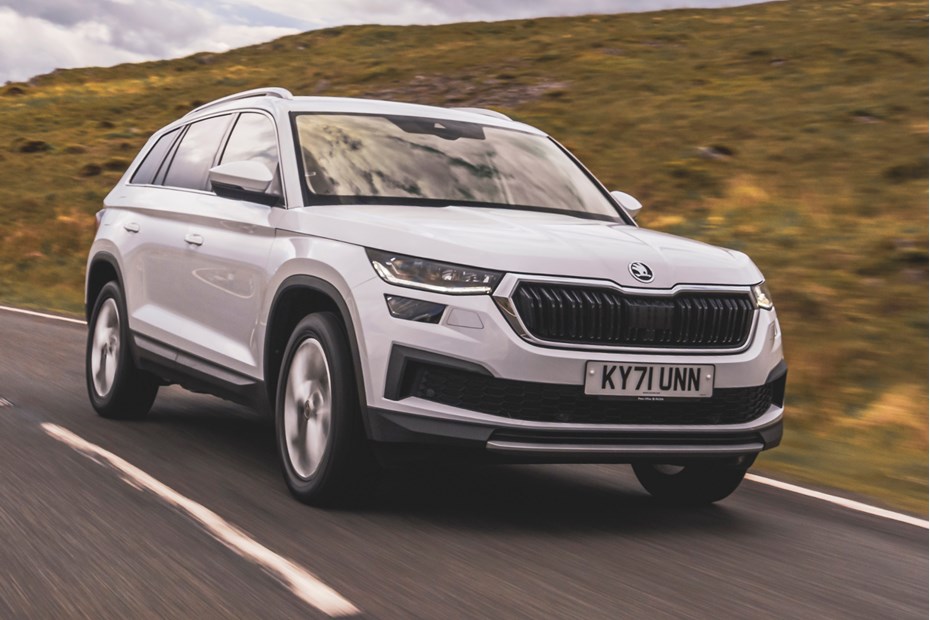
Miles per pound (mpp) ⓘ
| Petrol engines | 4.4 - 6.3 mpp |
|---|---|
| Diesel engines | 4.3 - 6.7 mpp |
Fuel economy ⓘ
| Petrol engines | 30.1 - 42.8 mpg |
|---|---|
| Diesel engines | 34 - 52.6 mpg |
- Much less expensive than some rivals
- Strong residuals mean cheap finance
- Good fuel economy from diesels
How much does it cost to run?
The Kodiaq is likely to prove good value to run compared with other off-roaders. List prices often undercut seven-seater rivals, and residual values are strong – which helps keep finance costs down.
Finance prices change regularly. But broadly speaking, the Skoda isn’t the cheapest car in this class in terms of PCP monthly payments. The closely-related SEAT Tarraco is a little more affordable to finance as an alternative, so it’s worth a look.
High residuals also mean that, should you buy the car at the end of the PCP deal, it’ll still be worth a lot when you come to sell it on; this reduces the overall amount you’ll have spent on the car.
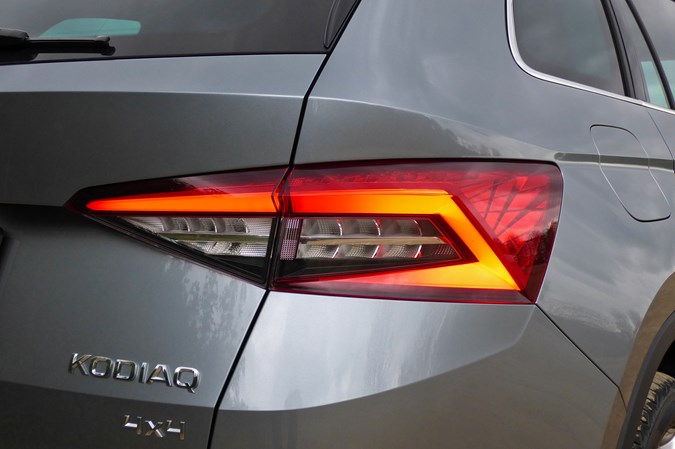
MPG and CO2
The Kodiaq compares favourably with alternatives when economy is taken into account. Claimed figures for fuel economy and CO2 emissions ranges from:
- 1.5-litre TSI manual: 36.2-42.8mpg, 150-178g/km
- 1.5-litre TSI auto: 34.0-40.4mpg, 158-188g/km
- 2.0-litre TSI 190 auto 4x4: 27.3-38.9mpg, 196-213g/km
- 2.0-litre TSI 245 auto 4x4: 31.7-32.5mpg, 198-202g/km
- 2.0-litre TDI 150 auto: 44.1-52.3mpg, 143-167g/km
- 2.0-litre TDI 150 auto 4x4: 41.5-47.9mpg, 146-178g/km
- 2.0-litre TDI 200 auto 4x4: 38.2-42.2mpg 175-193g/km
During our time of testing, we managed between 42.6-43.6mpg (indicated), with the TDI 200 SportLine on longer journeys, dipping to mid-30s on shorter runs in stop-start traffic. This roughly equated to a predicted range of 525 miles to a full tank. This engine also has the ability to let the car coast over short distances, letting the engine revs drop when you take your foot off the accelerator pedal to help save a little fuel.
In contrast, the 2.0-litre TSI 245 in the vRS predicted a 375 mile range on a full tank.
Skoda service and maintenance costs are normally competitive, meaning that overall bills for the Kodiaq should stay low.
The AdBlue tank capacity on diesel engines is 20-litres.
How reliable is it?
- Skoda has a good reliability reputation
- Engines and tech used across VW group
- Four recalls for the Skoda Kodiaq
Skoda has a good reputation for reliability and shares engines that are widely used across Volkswagen, Audi and SEAT models, meaning parts should be easily sourced.
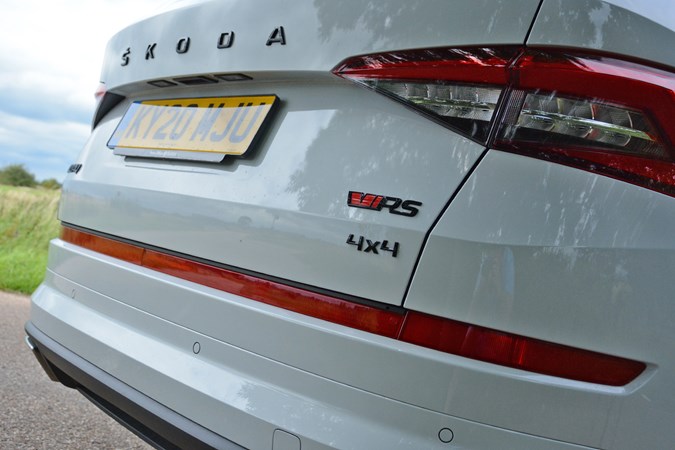
There have been four DVSA safety recalls since 2019, relating to the driver’s airbag not inflating quickly enough, missing fixing nuts in the second row seating frame, a cracking issue with the front passenger seat frame and the engine providing too little torque at low engine speeds. Check this has been rectified in the cars history before you buy a used model – it’s worth noting that around 2,000 cars were affected by those recalls.
It’s also worth scouring our Kodiaq owners’ reviews to see what real-world buyers think of their Skodas.
Ongoing running costs
| Road tax | £195 - £620 |
|---|---|
| Insurance group | 12 - 31 |
Get an insurance quote with

|
|



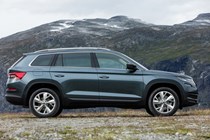

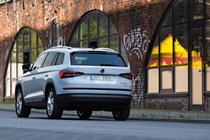
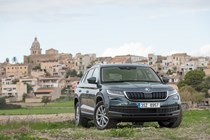
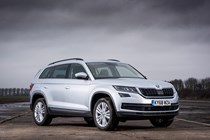
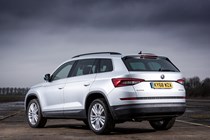

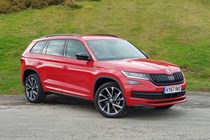
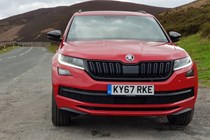

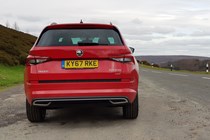
.jpg)
.jpg)
.jpg)
.jpg)
.jpg)
.jpg)
.jpg)
.jpg)
.jpg)
.jpg)
.jpg)
.jpg)
.jpg)
.jpg)
.jpg)
.jpg)
.jpg)
.jpg)

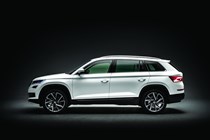
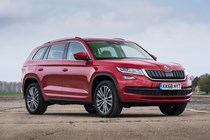
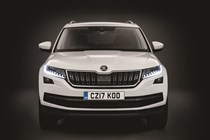
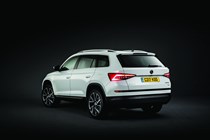
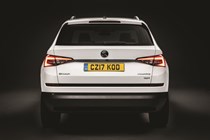
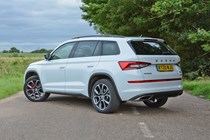
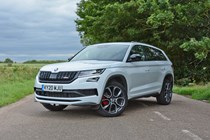
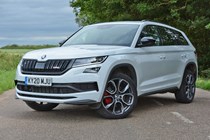
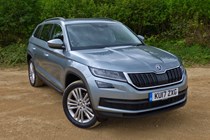

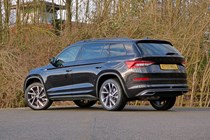
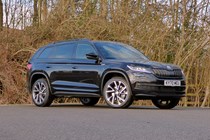
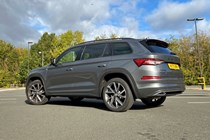
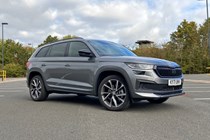


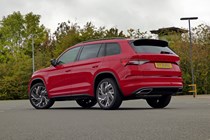
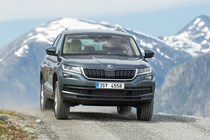
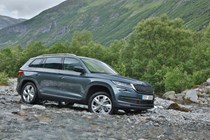
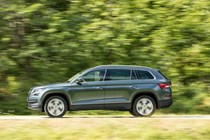
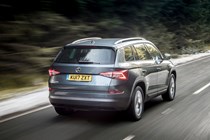
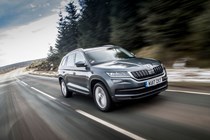
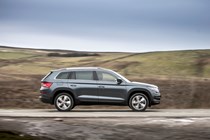
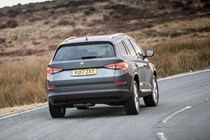
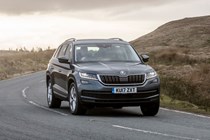
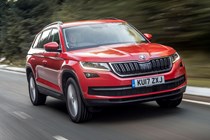
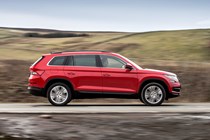
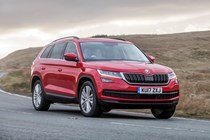
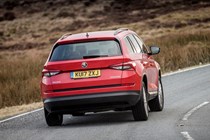
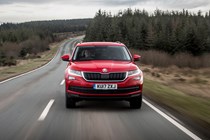



.jpg)
.jpg)
.jpg)
.jpg)
.jpg)
.jpg)
.jpg)
.jpg)
.jpg)
.jpg)
.jpg)
.jpg)
.jpg)
.jpg)
.jpg)
.jpg)

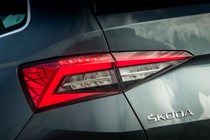
.jpg)
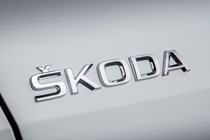
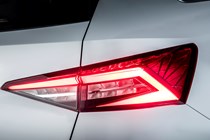
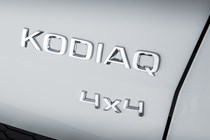
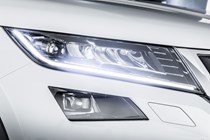
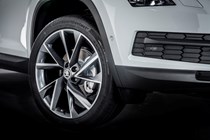
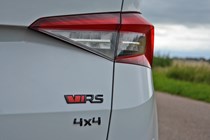

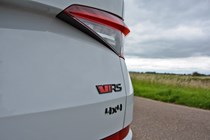
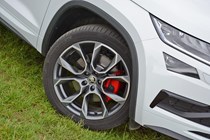


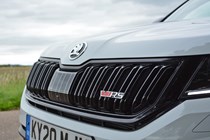

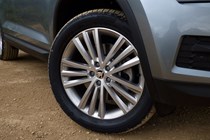

.jpg)
.jpg)
.jpg)
.jpg)
.jpg)
.jpg)
.jpg)
.jpg)
.jpg)
.jpg)
.jpg)
.jpg)
.jpg)
.jpg)
.jpg)
.jpg)
.jpg)
.jpg)
.jpg)
.jpg)
.jpg)
.jpg)
.jpg)
.jpg)
.jpg)
.jpg)
.jpg)
.jpg)
.jpg)
.jpg)
.jpg)
.jpg)
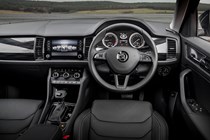
.jpg)


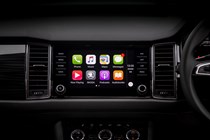


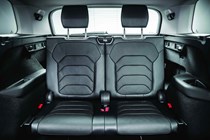

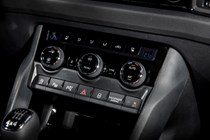


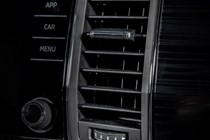
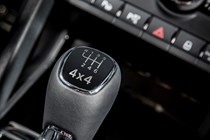
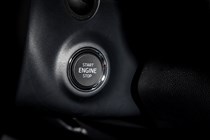
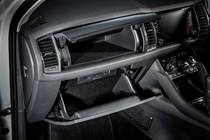
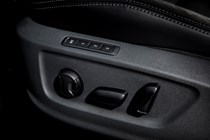
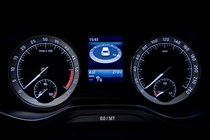




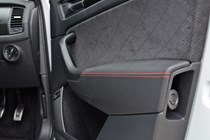
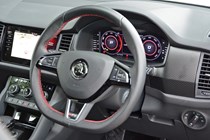

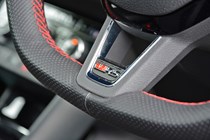
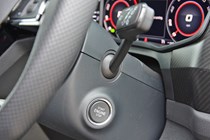

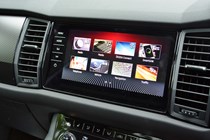
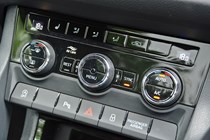
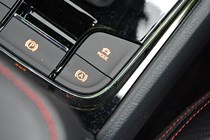
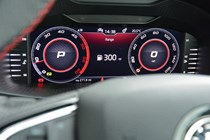
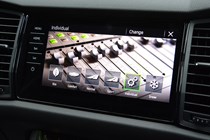
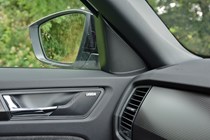

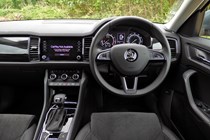
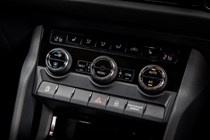

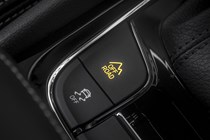
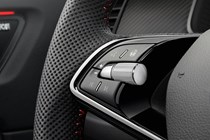

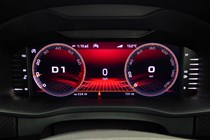
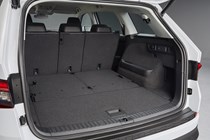
.jpg)
.jpg)
.jpg)
.jpg)
.jpg)
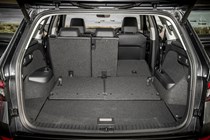
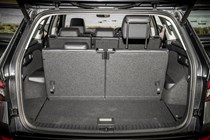
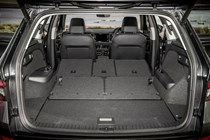

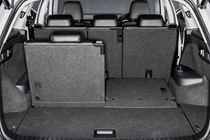
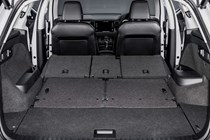
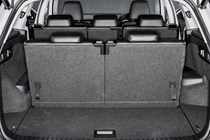
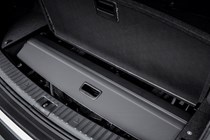
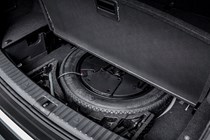
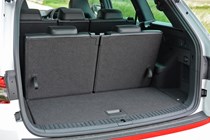
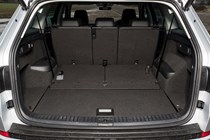
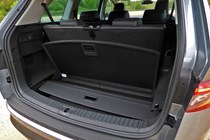
.jpg)
.jpg)
.jpg)
.jpg)
.jpg)













.jpg?quality=50)
.jpg?quality=50)
.jpg?quality=50)
.jpg?quality=50)
.jpg?quality=50)
.jpg?quality=50)
.jpg?quality=50)
.jpg?quality=50)
.jpg?quality=50)
.jpg?quality=50)
.jpg?quality=50)
.jpg?quality=50)
.jpg?quality=50)
.jpg?quality=50)
.jpg?quality=50)
.jpg?quality=50)
.jpg?quality=50)
.jpg?quality=50)


































.jpg?quality=50)
.jpg?quality=50)
.jpg?quality=50)
.jpg?quality=50)
.jpg?quality=50)
.jpg?quality=50)
.jpg?quality=50)
.jpg?quality=50)
.jpg?quality=50)
.jpg?quality=50)
.jpg?quality=50)
.jpg?quality=50)
.jpg?quality=50)
.jpg?quality=50)
.jpg?quality=50)
.jpg?quality=50)


.jpg?quality=50)















.jpg?quality=50)
.jpg?quality=50)
.jpg?quality=50)
.jpg?quality=50)
.jpg?quality=50)
.jpg?quality=50)
.jpg?quality=50)
.jpg?quality=50)
.jpg?quality=50)
.jpg?quality=50)
.jpg?quality=50)
.jpg?quality=50)
.jpg?quality=50)
.jpg?quality=50)
.jpg?quality=50)
.jpg?quality=50)
.jpg?quality=50)
.jpg?quality=50)
.jpg?quality=50)
.jpg?quality=50)
.jpg?quality=50)
.jpg?quality=50)
.jpg?quality=50)
.jpg?quality=50)
.jpg?quality=50)
.jpg?quality=50)
.jpg?quality=50)
.jpg?quality=50)
.jpg?quality=50)
.jpg?quality=50)
.jpg?quality=50)
.jpg?quality=50)

.jpg?quality=50)









































.jpg?quality=50)
.jpg?quality=50)
.jpg?quality=50)
.jpg?quality=50)
.jpg?quality=50)












.jpg?quality=50)
.jpg?quality=50)
.jpg?quality=50)
.jpg?quality=50)
.jpg?quality=50)
